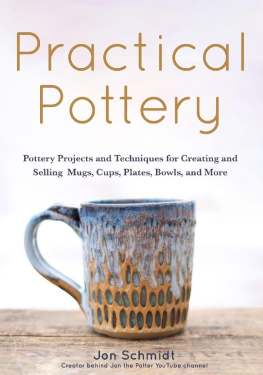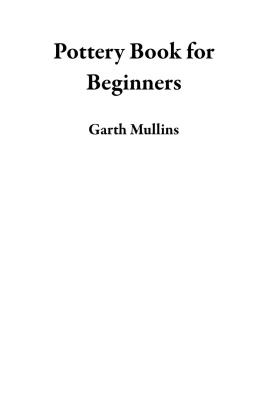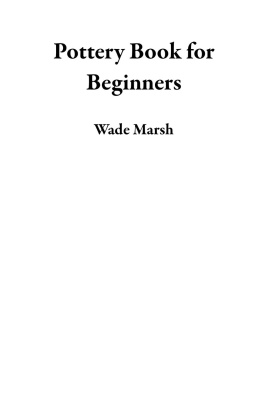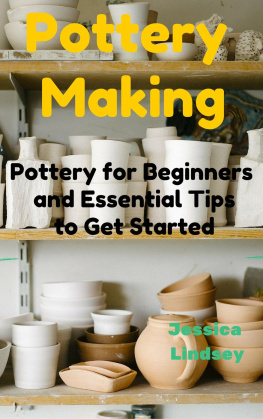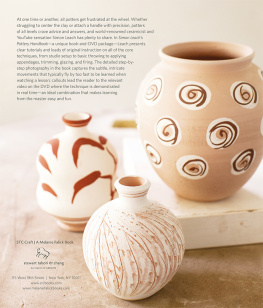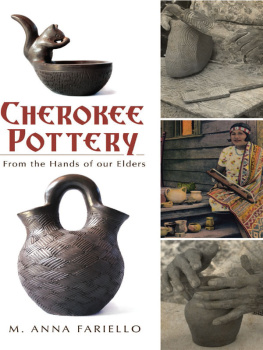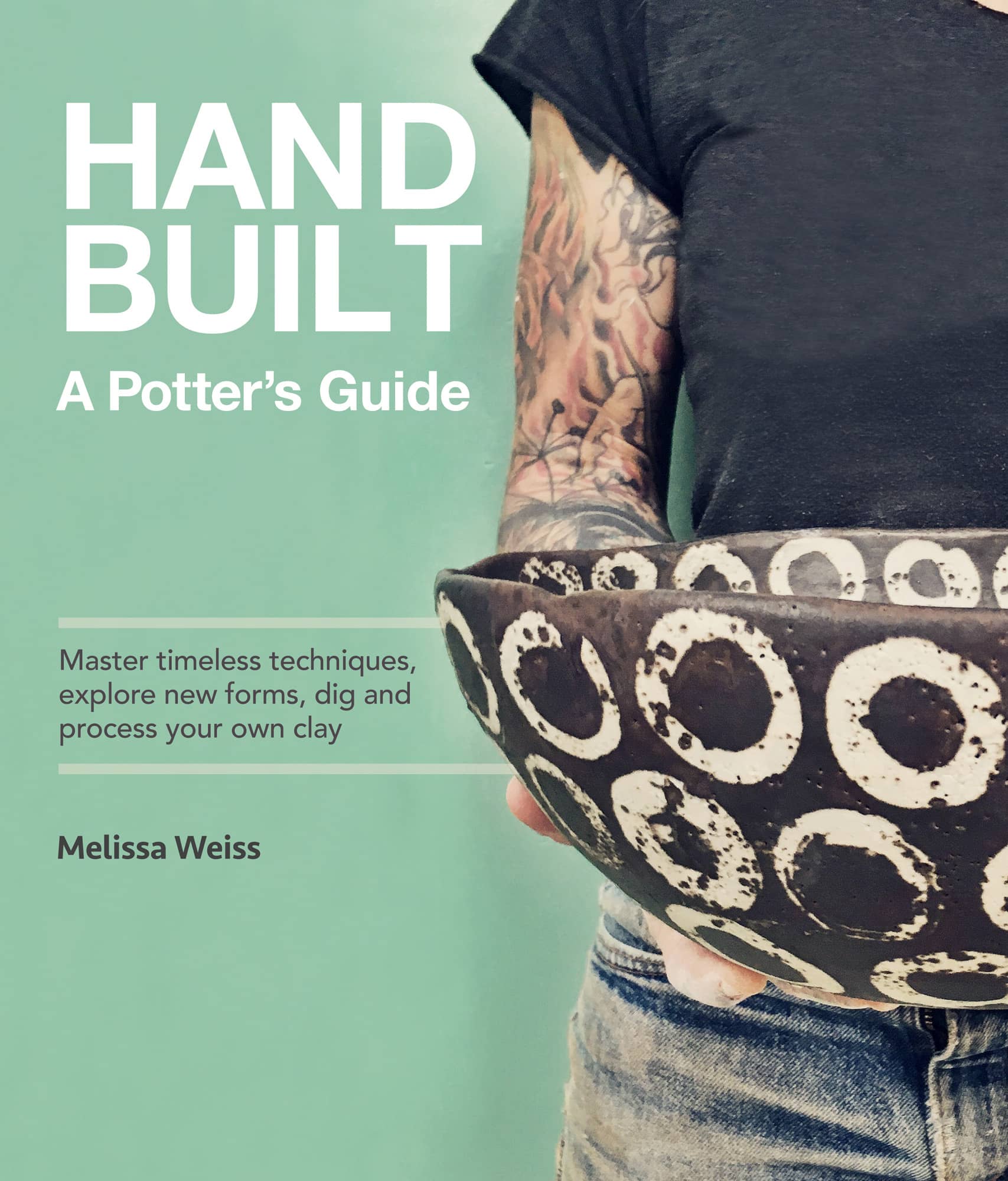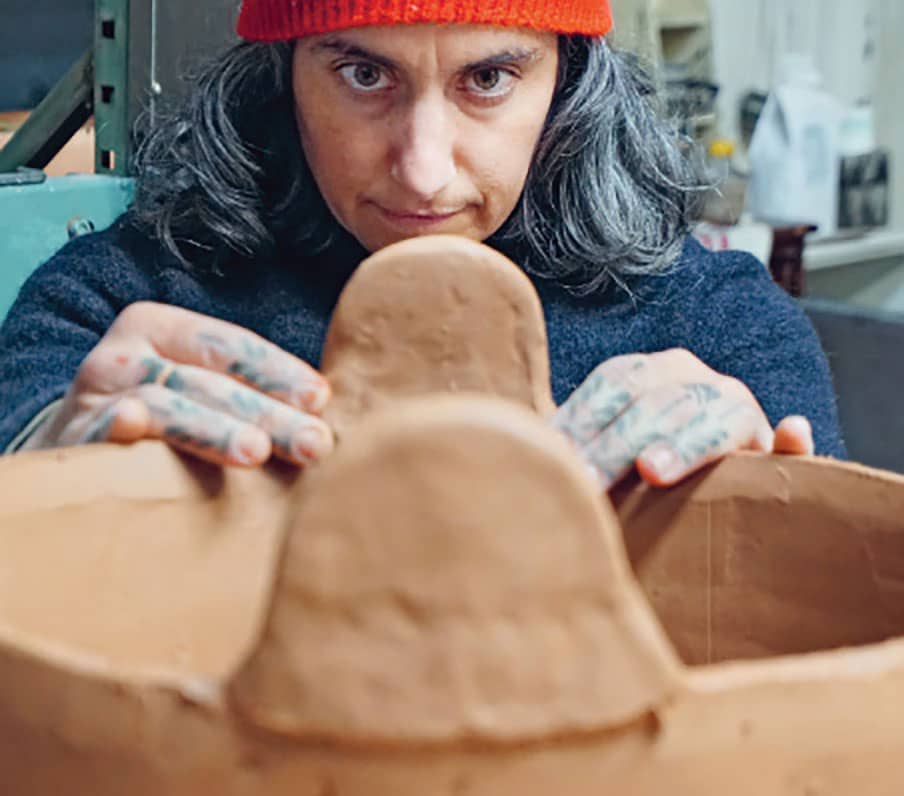Ferguson Elijah - Handbuilt, A Potters Guide: Master timeless techniques, explore new forms, dig and process your own clay
Here you can read online Ferguson Elijah - Handbuilt, A Potters Guide: Master timeless techniques, explore new forms, dig and process your own clay full text of the book (entire story) in english for free. Download pdf and epub, get meaning, cover and reviews about this ebook. City: Beverly;MA, year: 2018;2019, publisher: Rockport Publishers; Quarto Publishing Group USA Inc, genre: Home and family. Description of the work, (preface) as well as reviews are available. Best literature library LitArk.com created for fans of good reading and offers a wide selection of genres:
Romance novel
Science fiction
Adventure
Detective
Science
History
Home and family
Prose
Art
Politics
Computer
Non-fiction
Religion
Business
Children
Humor
Choose a favorite category and find really read worthwhile books. Enjoy immersion in the world of imagination, feel the emotions of the characters or learn something new for yourself, make an fascinating discovery.

- Book:Handbuilt, A Potters Guide: Master timeless techniques, explore new forms, dig and process your own clay
- Author:
- Publisher:Rockport Publishers; Quarto Publishing Group USA Inc
- Genre:
- Year:2018;2019
- City:Beverly;MA
- Rating:3 / 5
- Favourites:Add to favourites
- Your mark:
Handbuilt, A Potters Guide: Master timeless techniques, explore new forms, dig and process your own clay: summary, description and annotation
We offer to read an annotation, description, summary or preface (depends on what the author of the book "Handbuilt, A Potters Guide: Master timeless techniques, explore new forms, dig and process your own clay" wrote himself). If you haven't found the necessary information about the book — write in the comments, we will try to find it.
Handbuilt pottery is the perfect way for new potters to dive into this unique medium because itdoesnt require access to a potters wheel. InHandbuilt, A Potters Guide, Melissa Weiss takes an organic approach to harvesting and working withlocal clays, and even shows you how tomix your own glazesto use on functional pottery for use at home.
Students of pottery the world over have traveled to North Carolina to attend Weisss classes. Now you dont have to! In this book, Melissa provides you with a solid course onslab and pinch-pot techniquesthat allow beginning students to master the basics and progress through finished wares.
Looking to go a little deeper? Melissa also offers her unique knowledge ofhow to dig and process local claysfor use in pottery, and for the techniques she has developed forcreating unique glazeswith ash, salt, and other dry materials.
Melissa will alsointroduce you talented contemporary potters, who will share their work, tips, advice, and techniques.
Learn the basics of handbuilding and more with this engaging guide.
Ferguson Elijah: author's other books
Who wrote Handbuilt, A Potters Guide: Master timeless techniques, explore new forms, dig and process your own clay? Find out the surname, the name of the author of the book and a list of all author's works by series.

